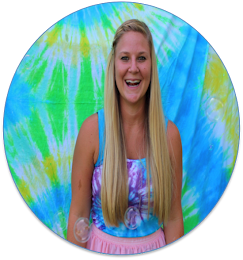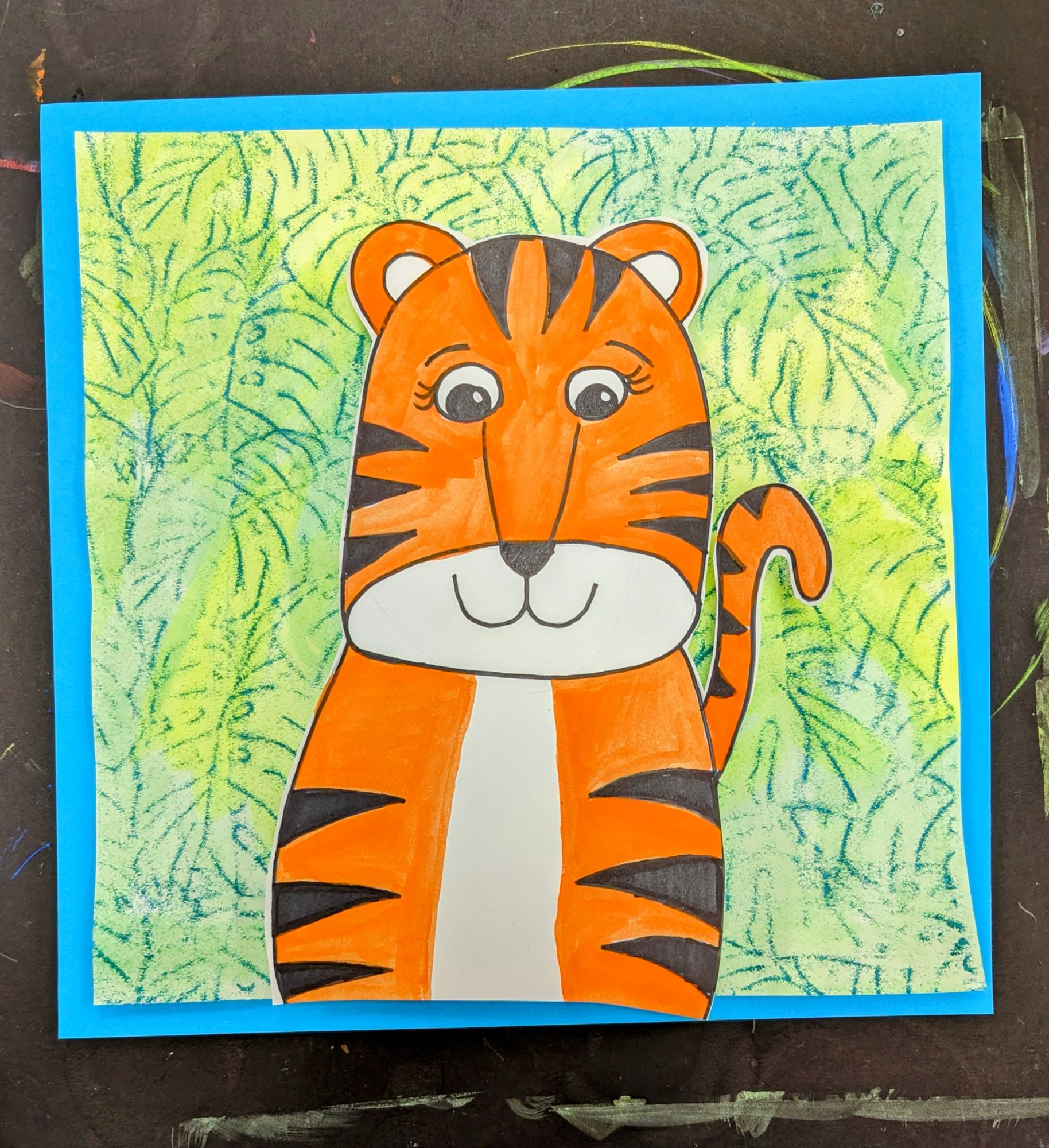Twice on my 8 day rotation I have two Adapted Art classes I teach. For the most part I try to do a lesson that kindergarten or 1st grade students are already doing and adapting it to their needs. As most projects only take these groups one class to finish I have the tendency to do a lot of seasonal projects. It also gives me a chance to try out some new techniques with students.
Here are just a few of the projects I've done with these students this year.
This project stemmed from this kindergarten project. With this group I created a negative shape stencil for the snowy ground and snowman than students painted the exposed paper with white paint. We used the same techniques with the cardboard and qtip to finish the painting. Much of the work the students do are in aid of a para using hand over hand techniques.
This next lesson was somewhat of an experiment. I've seen a lot of classroom teachers do the snow globe snowman project. I wanted to come up with a way for it to look a little more, dare I say "artsy."
We started with a paper with 4 circles traced on it.
We used silver paint to paint the snowman balls. With a white oil pastel (mostly hand over hand) students colored in a snowy ground. Using blue, turquoise, and purple liquid watercolors students painted the large circle. We let the circles dry for a few minutes. As the paint was drying students made pine trees look snowy by adding white oil pastel to a die cut pine tree. We cut and assembled our snowmen, glue on our trees, added some snow with a white oil pastel, and to finish off we added a little glitter. I mean what kind of snow globe would it be without glitter?!! I had the black stand and name plates already cut out and we just glued everything onto a piece of paper.





































































































